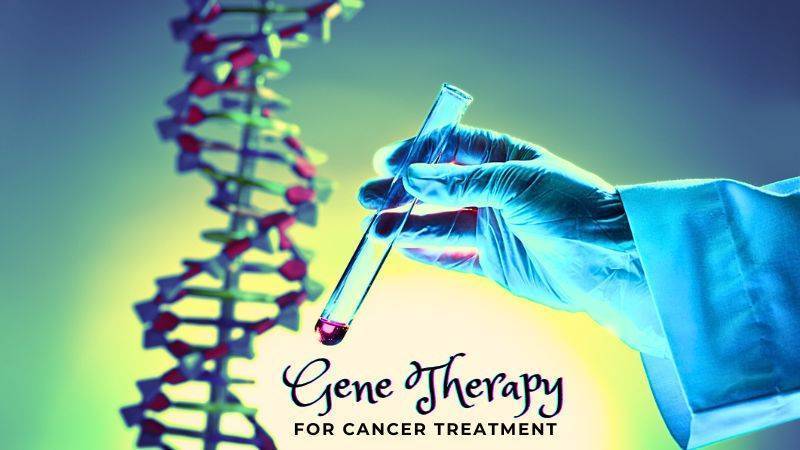Non-alcoholic beer, or alcohol-free beer, is a type of beer that contains very little to no alcohol.
By definition, most non-alcoholic beers have less than 0.5% alcohol by volume (ABV), which is significantly lower than most traditional beers, which typically contain 4-6% ABV.
In the last few years, more and more people are choosing beers with little or no alcohol. This is because they can now find tasty options that have less than 0.5% alcohol.
This article covers all you need to understand about non-alcoholic beer. It discusses how it’s produced, its nutritional value and alcohol level, and whether it’s okay to consume during pregnancy.
What is Non-Alcoholic Beer and How is it Made?

Non-alcoholic beer has very little or no alcohol in it. In the United States, these beers can have up to 0.5% alcohol, but some brands even claim to have no alcohol at all.
The process to make non-alcoholic beer is similar to that of regular beer. It involves the fermentation of grains (usually barley), after which the alcohol is removed or reduced to trace levels. This can be done through several methods:
Vacuum Distillation: The beer is heated in a vacuum to lower the boiling point of the alcohol, which allows it to be removed without altering the other flavors too much.
Reverse Osmosis: The beer is passed through a filter that removes the alcohol, but leaves most of the other beer components behind.
Arrested Fermentation: The fermentation process is stopped before it can produce much alcohol. This method can limit the beer’s depth of flavor because the yeast hasn’t had time to fully work on the sugars.
Use of Special Yeast and/or Low-sugar Recipes: Some brewers use special types of yeast or recipes that result in lower alcohol content from the start.
Once they’ve taken out the alcohol, the beer isn’t bubbly anymore. So, they have to put in carbon dioxide, the same stuff that makes soda fizzy.
They also often put in sugar to make the beer taste better.
Nutrients Between Regular and Non-Alcoholic Beer
Non-alcoholic beer and regular beer are almost the same when it comes to their calories, protein, and fat. However, they are different in the amounts of carbs and alcohol they contain.
Here is the difference between the nutrients in 12 ounces (around 350 ml) of regular beer and non-alcoholic beer:
- Regular beer has 153 calories, 14 grams of alcohol, 2 grams of protein, 0 grams of fat, and 13 grams of carbs.
- Non-alcoholic beer has 133 calories, 1 gram of alcohol, 1 gram of protein, 0 grams of fat, and 29 grams of carbs.
Even though non-alcoholic beer has a lot less alcohol than regular beer, it has almost the same amount of calories. This is because non-alcoholic beer has over twice the carbs, mostly from sugar, which makes it taste better after the alcohol is taken out.
Both types of beer have a small amount of different vitamins and minerals, like phosphorus, magnesium, and B vitamins.
Types of Non-Alcoholic Beers

There are a lot of non-alcoholic beers out there, but they can be split into two groups.
The first group is called alcohol-free beer. This means the beer doesn’t have any alcohol in it at all, according to the Food and Drug Administration (FDA). These beers should have “0.0% ABV” on the label.
The second group is non-alcoholic beer, which can have a tiny bit of alcohol, up to 0.5%. Any non-alcoholic beers that have a little bit of alcohol in them belong to this group.
Why Non-Alcoholic Beer is a Great Choice: Top 8 Benefits
IT’S YUMMY!
Gone are the days when non-alcoholic beer was not so tasty. Now, many alcohol-free beers can compete with regular beers in terms of taste and smell. Whether you prefer a rich stout or a tart Berliner weisse, there’s a non-alcoholic beer for every palate.
IT CAN HELP REDUCE YOUR ALCOHOL INTAKE
Non-alcoholic beer is a great way to drink less alcohol. The familiar taste can trick your body into feeling like it’s drinking regular beer. So you can enjoy the positive feelings without the negative side effects of alcohol. However, if you have alcohol addiction, it’s best to talk to a doctor before using non-alcoholic beer to reduce your drinking.
IT’S GOOD FOR YOUR HEALTH
Non-alcoholic beer is quite healthy. It can reduce heart disease risk, help you sleep, boost bone growth, and even lower your chances of catching a cold. Plus, it’s full of vitamins and minerals like folic acid, potassium, iron, and zinc.
IT HAS FEWER CALORIES
Non-alcoholic beer has fewer calories than regular beer because alcohol is high in calories. Swapping a pint of regular beer for a non-alcoholic beer could save you around 145 calories. However, the final calorie count can vary depending on the beer’s ingredients and brewing process.
IT WON’T MAKE YOU DRUNK
Even if non-alcoholic beer contains a tiny amount of alcohol (up to 0.5%), it’s not enough to make you drunk. Your body can process this small amount of alcohol very quickly. So you won’t have to deal with the drawbacks of getting drunk like hangovers, poor productivity, or embarrassment. Plus, you can drive home safely.
IT’S OFTEN CHEAPER
Non-alcoholic beers are sometimes cheaper because brewers don’t have to pay the alcohol tax. But remember, brewing non-alcoholic beer can cost more, so not all non-alcoholic beers are cheaper.
IT HELPS YOU FEEL NORMAL
In many situations, not drinking can make you feel left out. Non-alcoholic beer looks, smells, and tastes like regular beer, so it can help you fit in.
IT’S NATURAL
Most non-alcoholic beers are made from water, yeast, malt, and hops – the same natural ingredients used in regular beer. This means they’re free from additives and artificial sweeteners that are often found in other non-alcoholic drinks.
Side Effects
Even though non-alcoholic beers have a tiny bit of alcohol, if you drink a lot of them, there’s a tiny chance you could get a bit drunk. But, it would be really hard to drink enough to get very drunk.
- In a few unusual cases, people with liver damage from alcohol might have higher alcohol levels in their blood after drinking non-alcoholic beer.
- Non-alcoholic beer might also make some people show up as having drunk alcohol if they do a urine or breath test.
Risk Factors of Drinking Alcohol When Pregnant

The American College of Obstetrics and Gynecology (ACOG) warns that drinking alcohol during pregnancy is a top cause of birth defects.
ACOG advises not to drink any alcohol during pregnancy to prevent any chance of fetal alcohol spectrum disorder (FASD). FASD is a range of problems that could happen if a baby is exposed to alcohol before birth.
The worst type of FASD is called fetal alcohol syndrome. It can cause facial deformities, slow growth, and mental and behavioral issues. Although this mostly happens when a woman drinks a lot of alcohol while pregnant, doctors agree that no amount of alcohol is safe for pregnant women.
Should you drink non-alcoholic beer when pregnant?
Because of the dangers, you should not drink non-alcoholic beer when pregnant.
Some non-alcoholic beers actually have more alcohol than they say, with some having almost 2% alcohol.
Since we are uncertain how much alcohol might harm an unborn baby, the safest thing is to avoid non-alcoholic beer during pregnancy.
In a Nutshell
Non-alcoholic beer is generally produced by extracting the alcohol from regular beer.
While it contains significantly less alcohol, it may still carry trace amounts. This makes it potentially harmful for pregnant women and those recovering from alcohol addiction. It also typically has more sugar than regular beer.
However, if your aim is to simply cut down on your alcohol consumption, non-alcoholic beer could be a suitable choice.
Take Care of Yourself!
Also Read






